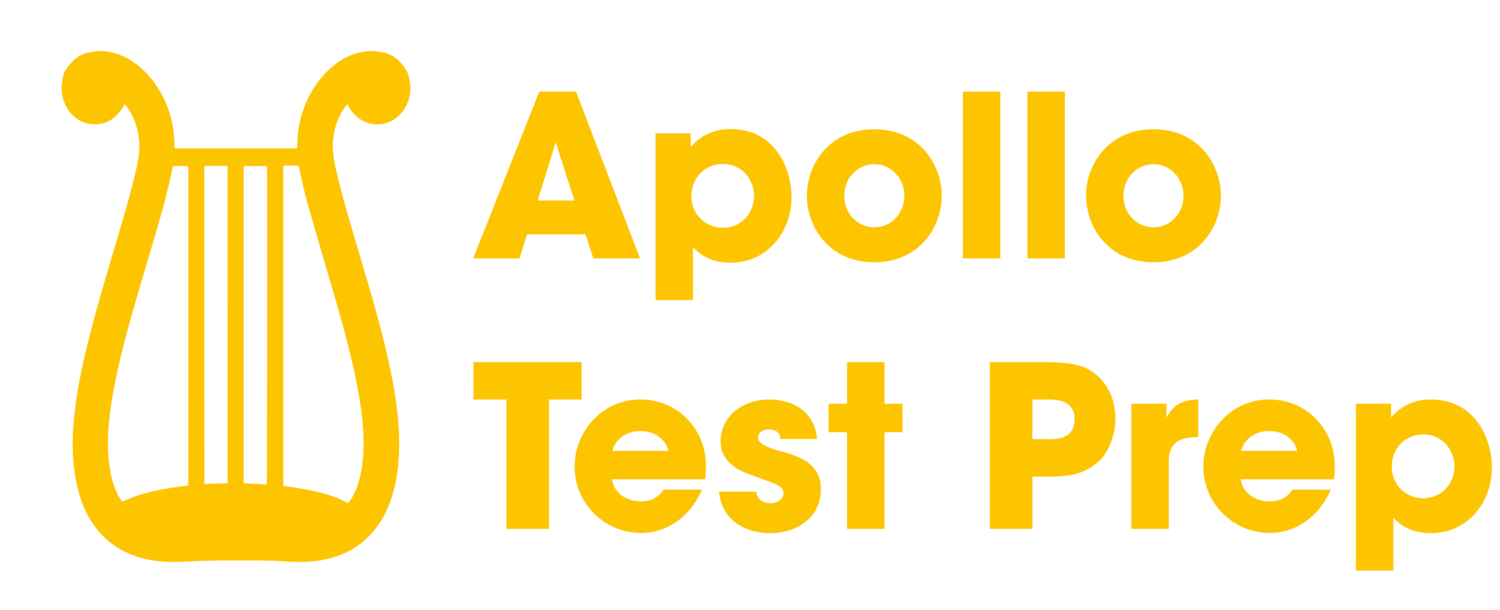LSAT Explanation PT 44, S4, Q23: Political scientist: One of the most
LSAT Question Stem
Which one of the following most logically completes the political scientist's argument?
Logical Reasoning Question Type
This is a Main Conclusion question.
Correct Answer
The correct answer to this question is B.
LSAT Question Complete Explanation
This LSAT problem presents a Main Point question, asking us to logically complete the political scientist's argument. The dilemma in the passage revolves around balancing the freedom to spend money as one wishes and ensuring equal opportunities for all candidates in a democratic system, without resorting to government subsidies.
Now, let's analyze each answer choice:
Answer choice (A): This option suggests that only candidates with significant campaign resources should be allowed to run for public office. However, this doesn't resolve the dilemma but rather contradicts the idea that democracies should ensure an equal voice for all. Thus, this answer choice is incorrect.
Answer choice (B): This is the correct answer choice. By placing an upper limit on campaign spending, it helps to minimize the advantage of those with greater resources, while not requiring government subsidies for every candidate. This solution strikes a balance between allowing for spending freedom and supporting candidates' equal access to the public.
Answer choice (C): Although this choice suggests government subsidization, it doesn't help equalize spending. By financing each campaign at a low percentage of the total cost, it benefits wealthier campaigns more and does little for underfunded campaigns. Therefore, this answer choice is incorrect.
Answer choice (D): Prohibiting wealthy individuals from spending their own money on political campaigns violates the principle that a democracy should allow its citizens to spend their money "within broad limits." As such, this answer choice is incorrect.
Answer choice (E): Allowing each candidate to spend as much as any other candidate chooses to spend doesn't resolve the democratic dilemma presented in the passage. Since this rule doesn't address the issue of equal opportunities, this answer choice is incorrect.
In conclusion, the correct answer choice is (B), as it provides a balanced resolution to the dilemma by placing an upper limit on campaign spending, which minimizes the advantage of wealthier candidates without requiring government subsidies for all candidates.
